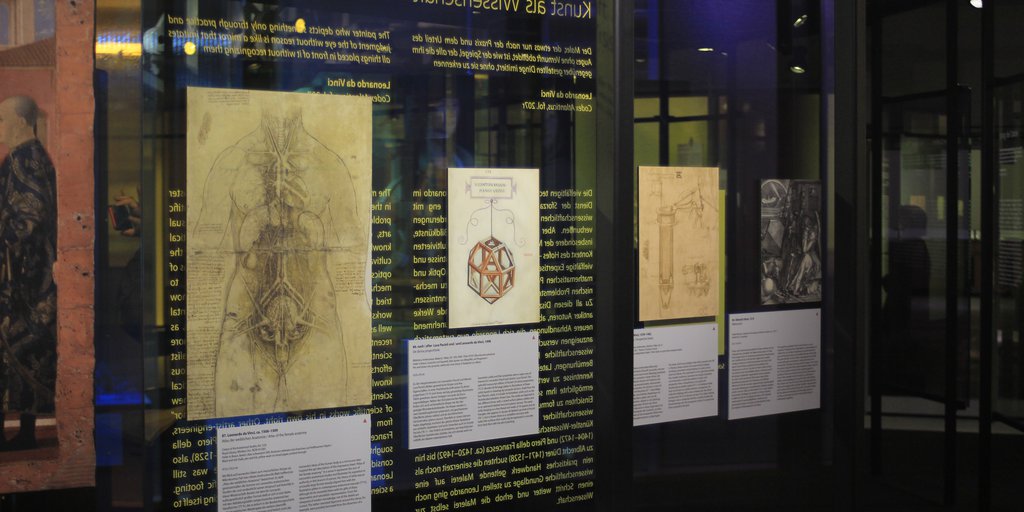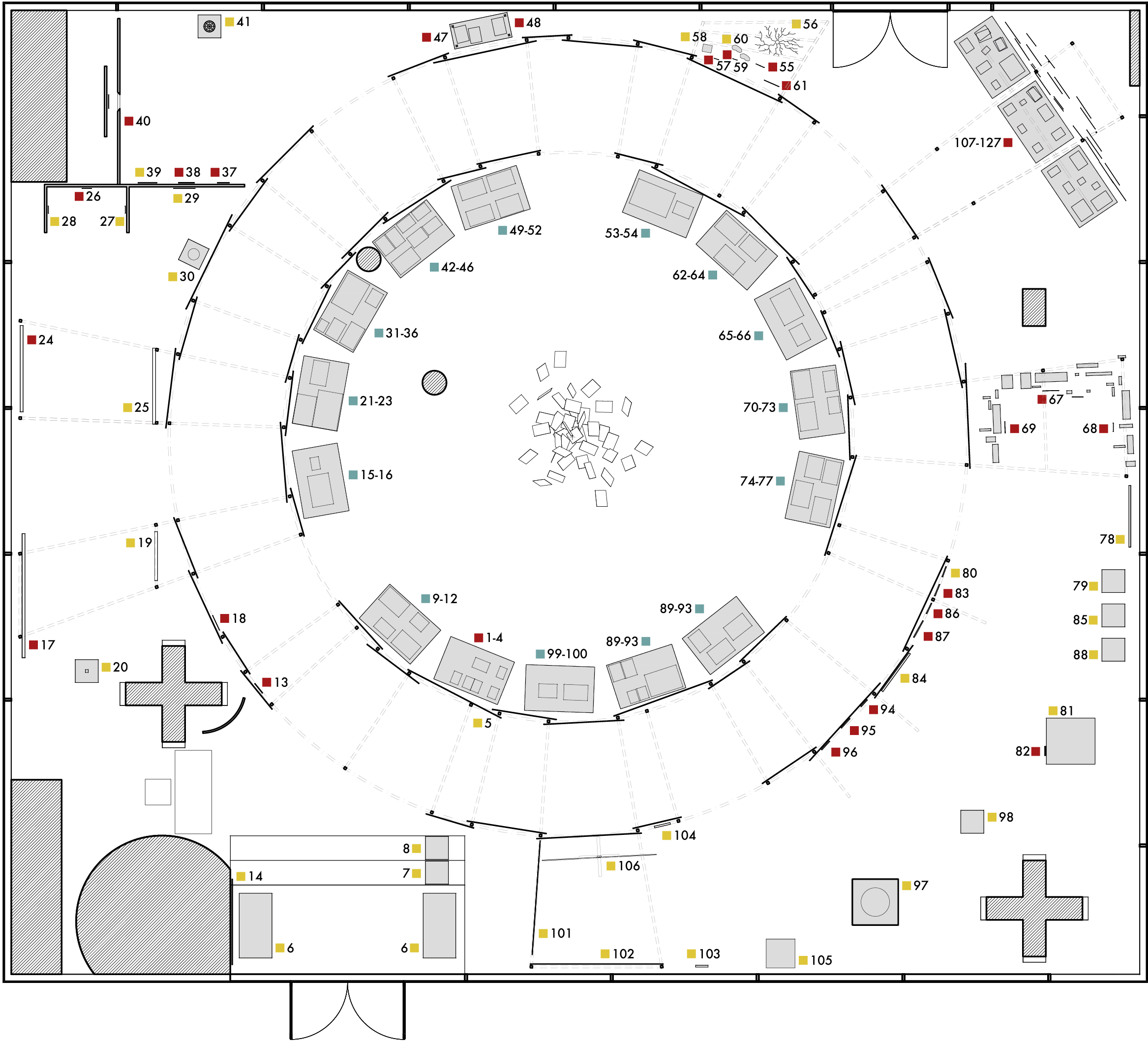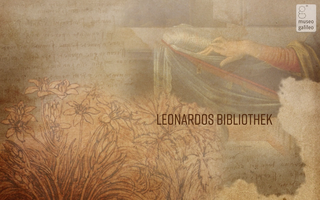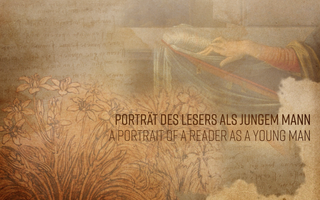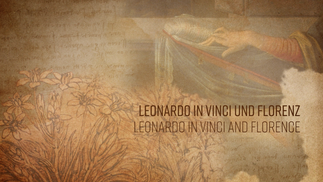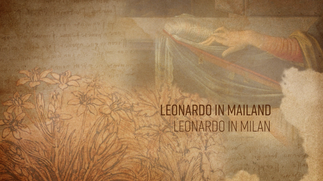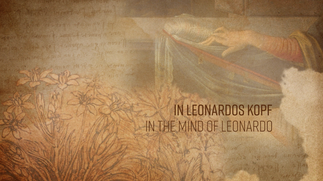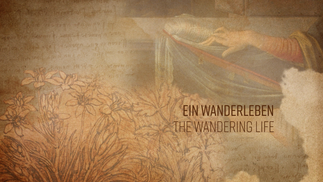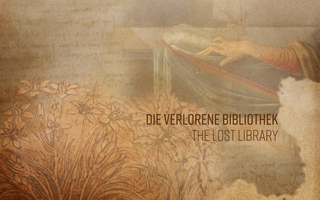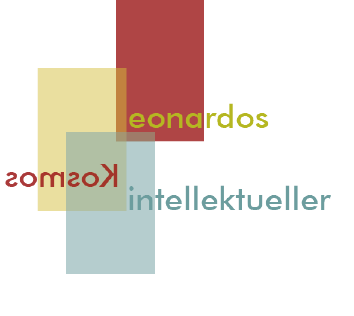
Wissenschaft als Kunst, Kunst als Wissenschaft <
Der Maler, der etwas nur nach der Praxis und dem Urteil des Auges ohne Vernunft abbildet, ist wie der Spiegel, der alle die ihm gegenüber gestellten Dinge imitiert, ohne sie zu erkennen
Leonardo da Vinci
Codex Atlanticus, fol. 207r. Übersetzung: Jürgen Renn
Die vielfältigen technischen Aufgaben, wie sie Leonardo im Dienst der Sforza zu bewältigen hatte, waren eng mit wissenschaftlichen Problemen und Herausforderungen verbunden. Aber auch die Ausübung der Bildkünste, insbesondere der Malerei, erforderte – zumal im kultivierten Kontext des Hofes – zunehmend theoretische Kenntnisse und vielfältige Expertise. Diese reichte von Fragen der Optik und mathematischen Perspektivkonstruktion bis hin zu mechanischen Problemstellungen und medizinischen Kenntnissen. Zu all diesen Disziplinen existierten grundlegende Werke antiker Autoren, aber auch mittelalterliche und zunehmend neuere Abhandlungen, die sich Leonardo nun systematisch anzueignen versuchte. Er erweiterte seine Bibliothek durch wissenschaftliche Fachliteratur und trieb zugleich seine Bemühungen, Latein zu lernen und seine mathematischen Kenntnisse zu vertiefen, mit großem Ehrgeiz voran. Dies ermöglichte ihm schließlich, selbst neue wissenschaftliche Einsichten zu formulieren. Er war nun seinerseits ein „Autor“ wissenschaftlicher Werke geworden. Auch andere Künstler-Wissenschaftler von Leon Battista Alberti (1404–1472) und Piero della Francesca (ca. 1420–1492) bis hin zu Albrecht Dürer (1471–1528) suchten die seinerzeit noch als rein praktisches Handwerk geltende Malerei auf eine wissenschaftliche Grundlage zu stellen. Leonardo ging noch einen Schritt weiter und erhob die Malerei selbst zur Wissenschaft.
Platonische Körper <
 | 86. |
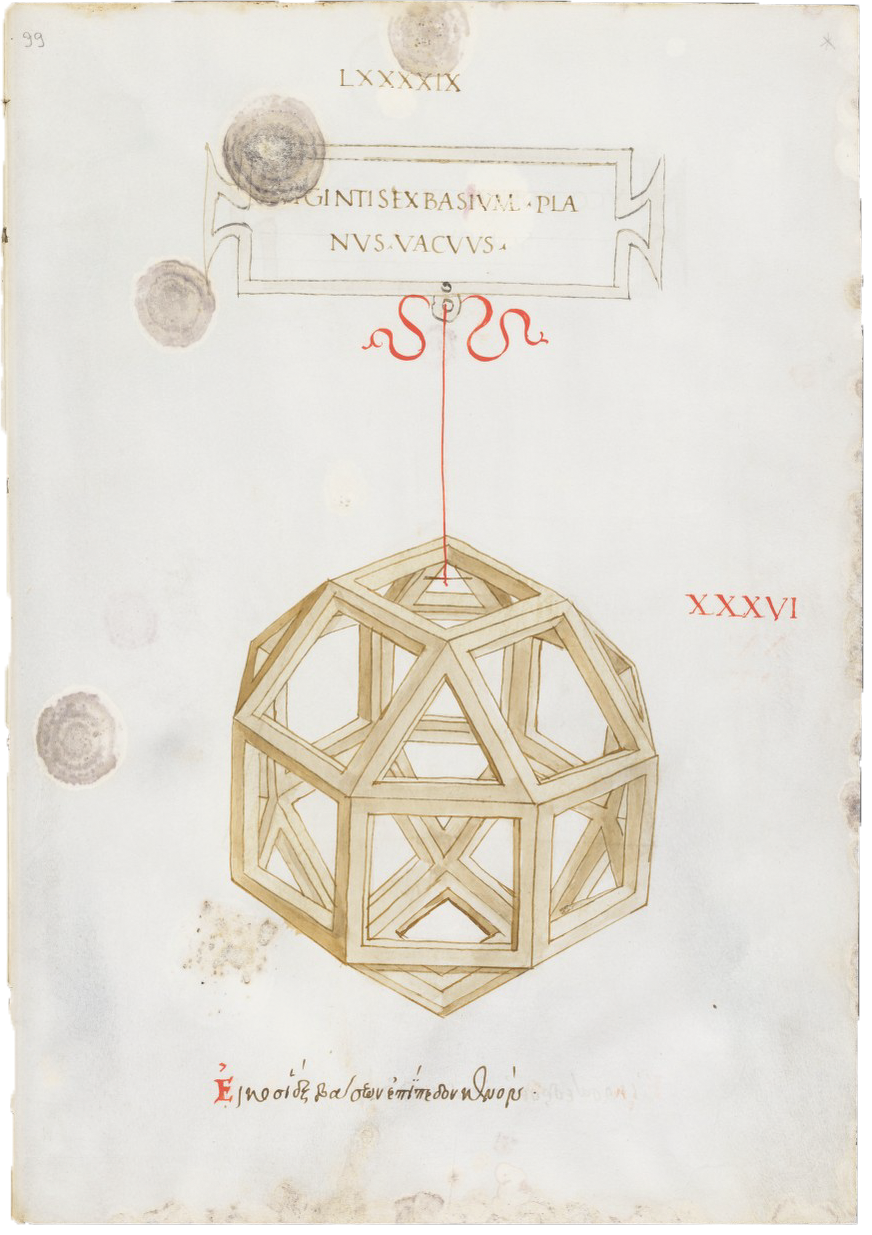
Zu den Hauptinteressen von Leonardos Freund und Mentor Luca Pacioli zählten geometrische Körper und ihre Eigenschaften. In einer Prachthandschrift seiner De divina proportione (75 ■) sind ihnen sechzig ganzseitige illuminierte Tafeln gewidmet, denen Vorlagen Leonardo da Vincis zugrundeliegen. Neben den fünf platonischen Körpern finden sich auch archimedische Körper wie der hier gezeigte Rhombenkuboktaeder. Die Körper werden in zwei Darstellungsformen präsentiert, mit geschlossener Oberfläche (planus solidus) und als durchbrochene Gerüststruktur (planus vacuus). Ebenfalls an einem dünnen Faden abgehängt, erscheint der gleiche Körper bestehend aus achtzehn Quadraten und sechs Dreiecken auch im Porträt Paciolis
(78 ●) – hier freilich als kristallines, aus hauchdünnen Oberflächen bestehendes Gebilde, das sich damals wohl nur mithilfe der Malerei materialisieren ließ.
Literaturverweise
Bambach, Carmen C. 2019. Leonardo da Vinci Rediscovered. Bd. 1: The Making of an Artist 1452–1500. 4 Bde. New Haven / London: Yale University Press, 41–43.
Pacioli, Luca. 2010. De divina proportione. Herausgegeben von Augusto Marinoni. (Nachdr. der Ausg. Milano 1498 nach dem Ex. der Biblioteca Ambrosiana, Mailand). Fontes Ambrosiani 72. Cinisello Balsamo: Silvana Editoriale.
